The sea-based landing platform for Neutron rockets returning to Earth will support greater space access for national security missions, civil space exploration, and commercial satellite constellation deployments.
Rocket Lab Reveals Ocean Platform for Neutron Rocket Landings at Sea
Rocket Lab Media Contact
Murielle Baker
media@rocketlabusa.com
Rocket Lab USA, Inc. (Nasdaq: RKLB) (“Rocket Lab” or “the Company”), a global leader in launch services and space systems, today revealed details about ‘Return On Investment’, the ocean landing platform for Neutron missions returning to Earth.
‘Return On Investment’ is a 400 ft (122 m) modified barge that will be customized to enable landings at sea for its reusable Neutron rocket. Modifications will include autonomous ground support equipment to capture and secure the landed Neutron, blast shielding to protect equipment during Neutron landings, and station-keeping thrusters for precise positioning. The Company has acquired the barge and construction of ‘Return On Investment’ will take place throughout 2025, with expectations of being ready to enter service in 2026.
Rocket Lab’s Neutron rocket is a reusable carbon composite medium-lift launch vehicle being developed to meet the demand for single and multi-satellite constellation deployment, high assurance national security missions, and cargo to various Earth orbits, as well as lunar and interplanetary exploration. Capable of deploying payloads up to 33,000 pounds (15,000 kg), Neutron is being brought to the market at a rapid development pace on the foundation of Rocket Lab’s industry leadership as one of the world’s most frequent and reliable launch providers.
Neutron can perform two reusable mission profiles depending on mission requirements. This includes Return To Launch Site (RTLS) missions for Neutron first stage propulsive landings at Rocket Lab Launch Complex 3 in Virginia. The second reusable mission profile, a Down Range Landing (DRL) maneuver, is intended to maximize Neutron’s performance and will result in Neutron’s precise propulsive landing at sea on the landing platform.
Rocket Lab Founder and CEO, Sir Peter Beck, says: “We’re working hard to bring Neutron online with one of the fastest development schedules in history for a new rocket, because we know medium-lift launch opportunities are limited and space access is being stifled. Neutron’s debut launch planned for later this year will help to ease that bottleneck, and our new landing platform will open space access even further by enabling even more mission opportunities that require maximum Neutron performance.”
Rocket Lab currently expects Neutron to make its debut launch from Virginia in the second half of 2025.
About ‘Return On Investment’
‘Return On Investment’ is Rocket Lab’s sea-based landing platform for Neutron, the Company’s new reusable 141 ft (43 m) medium-lift rocket currently in development. Operated out of the U.S. East Coast, the landing platform is built upon a modified barge - the ‘Oceanus’ supplied by Canal Barge Inc., a New Orleans-based, private marine transportation company - and named after the Greek Titan Oceanus, the personification of the Oceanus River that the Greeks believed encircled the entire world. ‘Return On Investment’ will be customized with propulsion systems to maintain the platform’s target position and thermal protection systems to conserve electrical and other support equipment installed on the deck. ‘Return On Investment is expected to enter service in 2026.
Images: https://www.flickr.com/photos/rocketlab/
About Rocket Lab
Founded in 2006, Rocket Lab is an end-to-end space company with an established track record of mission success. We deliver reliable launch services, satellite manufacture, spacecraft components, and on-orbit management solutions that make it faster, easier, and more affordable to access space. Headquartered in Long Beach, California, Rocket Lab designs and manufactures the Electron small orbital launch vehicle, a family of spacecraft platforms, and the Company is developing the large Neutron launch vehicle for constellation deployment. Since its first orbital launch in January 2018, Rocket Lab’s Electron launch vehicle has become the second most frequently launched U.S. rocket annually and has delivered over 200 satellites to orbit for private and public sector organizations, enabling operations in national security, scientific research, space debris mitigation, Earth observation, climate monitoring, and communications. Rocket Lab’s spacecraft platforms have been selected to support NASA missions to the Moon and Mars, as well as the first private commercial mission to Venus. Rocket Lab has three launch pads at two launch sites, including two launch pads at a private orbital launch site located in New Zealand and a third launch pad in Virginia.
Forward Looking Statements
This press release contains forward-looking statements within the meaning of the Private Securities Litigation Reform Act of 1995. We intend such forward-looking statements to be covered by the safe harbor provisions for forward looking statements contained in Section 27A of the Securities Act of 1933, as amended (the “Securities Act”) and Section 21E of the Securities Exchange Act of 1934, as amended (the “Exchange Act”). All statements contained in this press release other than statements of historical fact, including, without limitation, statements regarding our launch and space systems operations, launch schedule and window, safe and repeatable access to space, Neutron development, operational expansion and business strategy are forward-looking statements. The words “believe,” “may,” “will,” “estimate,” “potential,” “continue,” “anticipate,” “intend,” “expect,” “strategy,” “future,” “could,” “would,” “project,” “plan,” “target,” and similar expressions are intended to identify forward-looking statements, though not all forward-looking statements use these words or expressions. These statements are neither promises nor guarantees, but involve known and unknown risks, uncertainties and other important factors that may cause our actual results, performance or achievements to be materially different from any future results, performance or achievements expressed or implied by the forward-looking statements, including but not limited to the factors, risks and uncertainties included in our Annual Report on Form 10-K for the fiscal year ended December 31, 2024, as such factors may be updated from time to time in our other filings with the Securities and Exchange Commission (the “SEC”), accessible on the SEC’s website at www.sec.gov and the Investor Relations section of our website at www.rocketlabusa.com, which could cause our actual results to differ materially from those indicated by the forward-looking statements made in this press release. Any such forward-looking statements represent management’s estimates as of the date of this press release. While we may elect to update such forward-looking statements at some point in the future, we disclaim any obligation to do so, even if subsequent events cause our views to change.
View source version on businesswire.com: https://www.businesswire.com/news/home/20250227129978/en/

 Business wire
Business wire 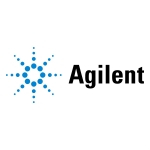

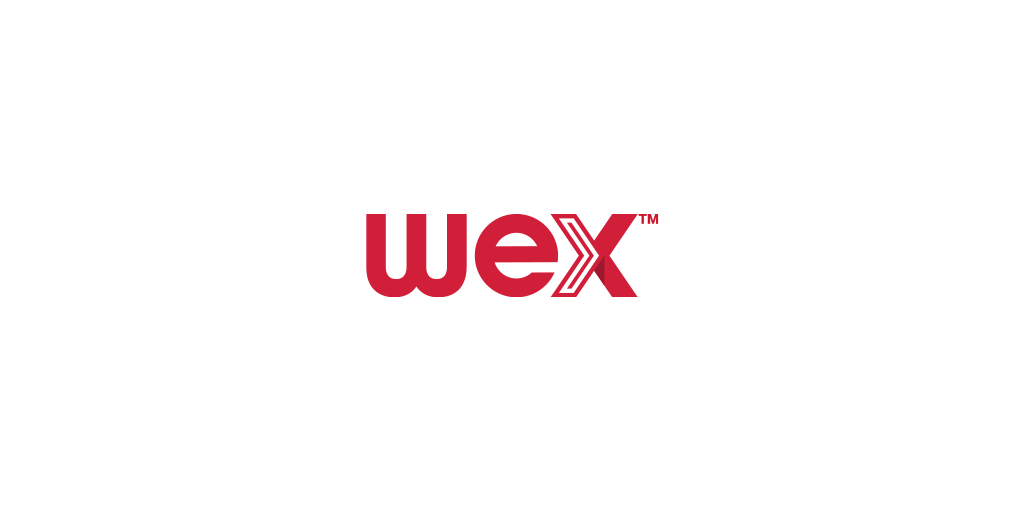
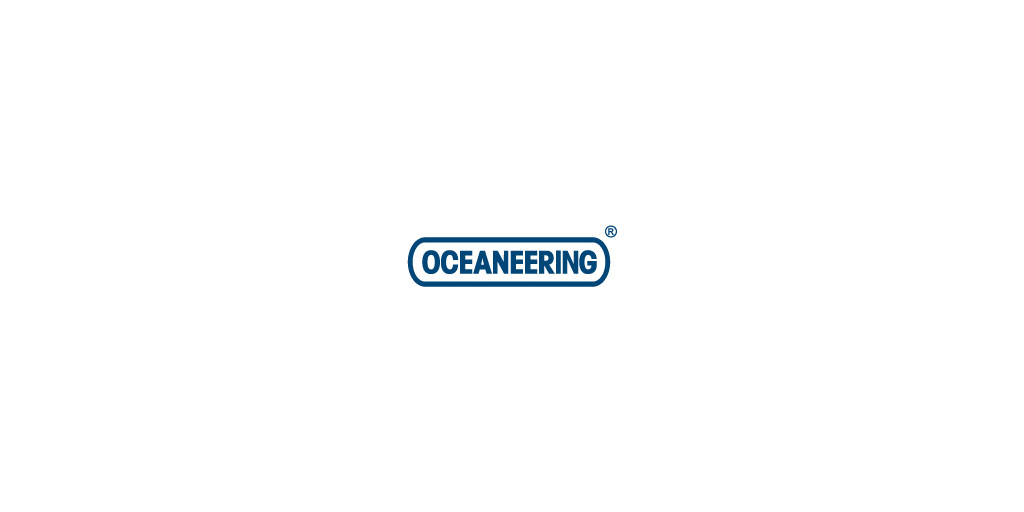
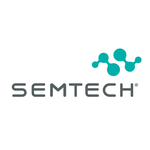


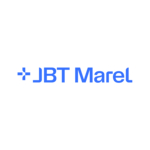
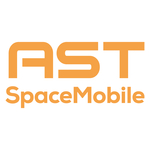

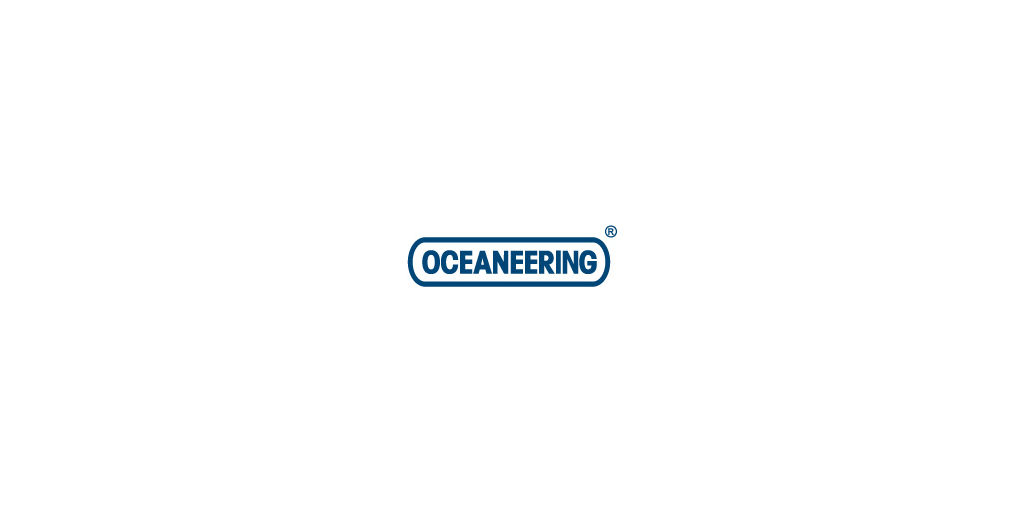


Add Comment